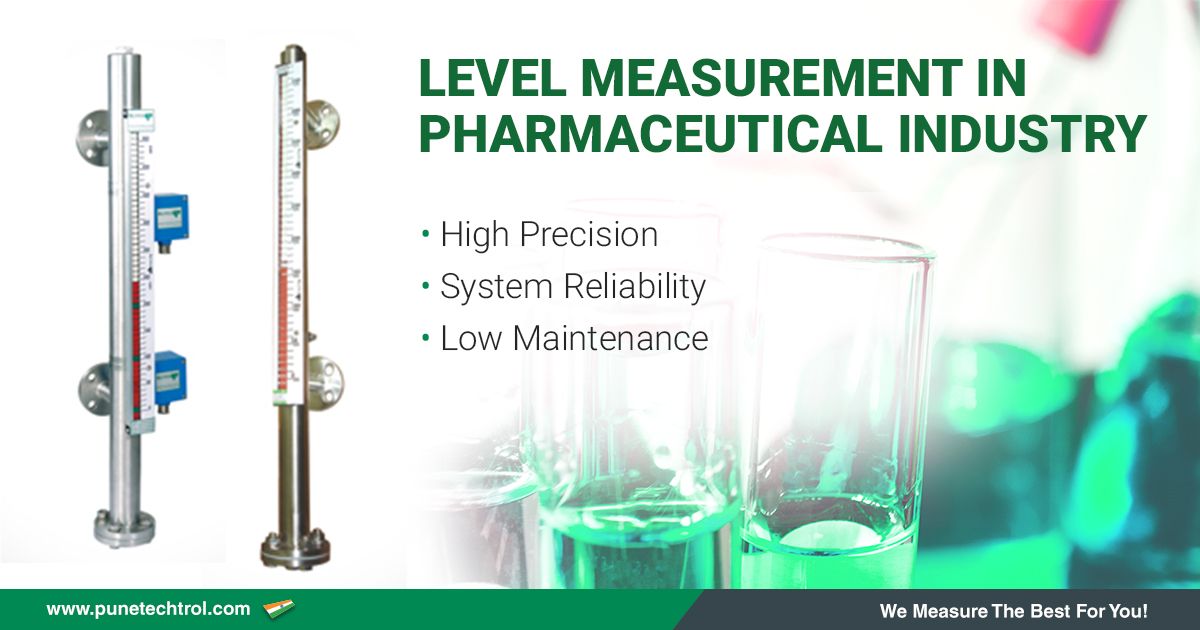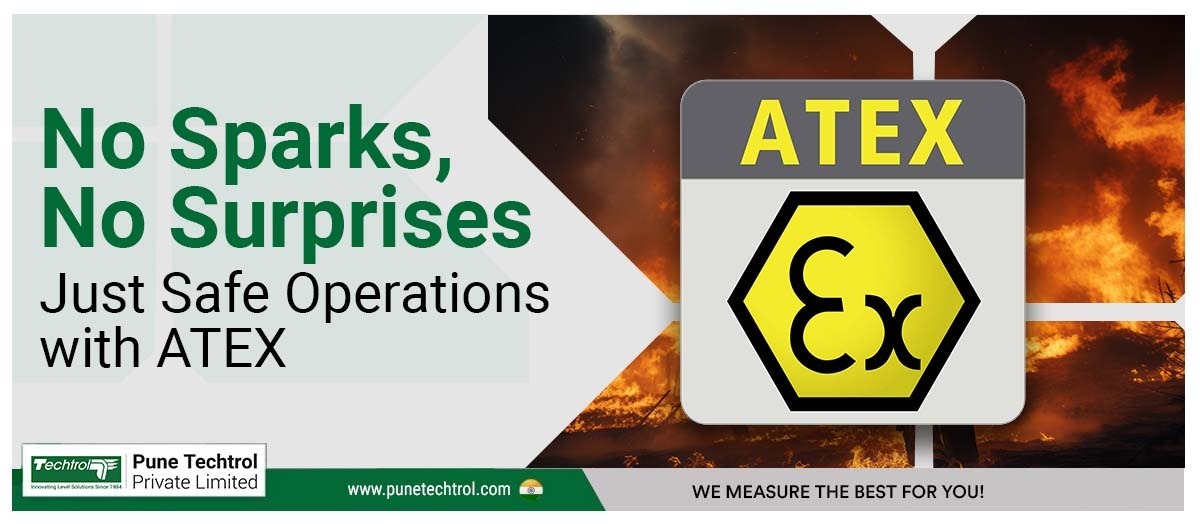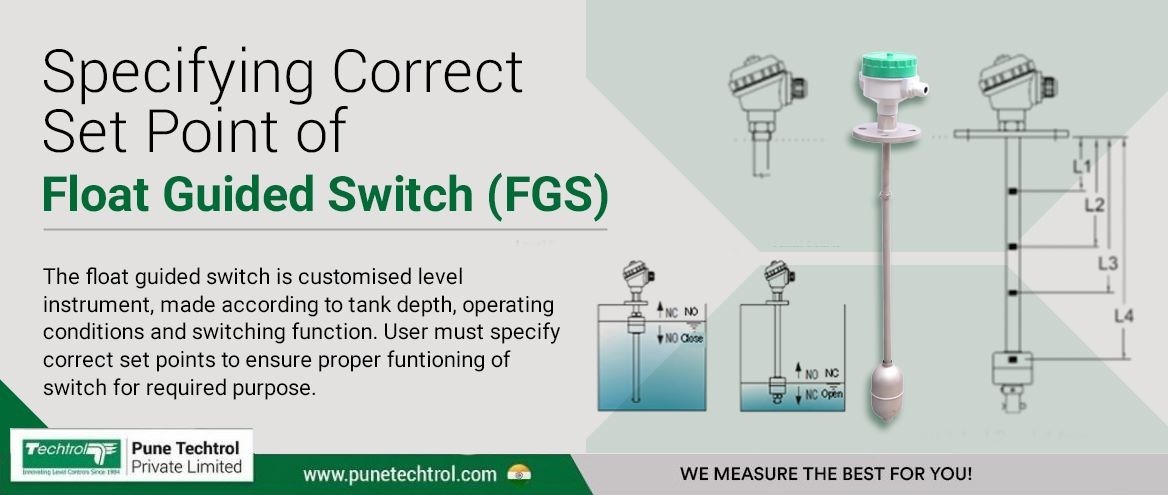Level Measurement in Pharmaceutical Industry
In manufacture of drugs, precision in level measurement is a huge challenge. Ensuring that the final product adheres to the stated tolerances has traditionally not been simple. Level measurement in the Pharmaceutical industry is associated with disparate challenges such as the need of repetitive level measurements to avoid catastrophes, harmony with bioprocess standards, verification of calibration as per ISO/FDA standards, and system reliability in the face of altering process conditions. This industry involves the use of mixers, bioreactors, fermenters, and prep tanks. These containers undergo alterations in density, temperature, and pressure. Hence, accuracy in level measurement is a tough task. Some containers have inbuilt nozzles and agitators due to which application of certain types of mechanical level measurement devices becomes problematic. Another issue is that validation of calibration of level measurement transmitters is mandatory. For this, it becomes essential to remove the container from the process line for the ‘wet calibration procedure.’
Future of level measurement in the Pharmaceutical industry
A new generation of sensors has been developed that can provide reliable level measurement of media with a dielectric constant > 2. Some examples of such media are a skin lotion and a sun screen. Another innovation avoids the development of condensation in the housing of the sensor. Efforts are in progress to have a very short response time. FDA-compliant materials are used to develop the sensor parts that can come in contact with the media. Media that could not be measured till date can now be accurately measured by the extended level of measurement of the new sensors. Another trend is to use American Sanitary standard 3A materials for sensors because they have the ability to resist sterilization or cyclic cleaning. The Guided Wave Radar (GWR) method is fast gaining ground as a reliable method of level measurement. GWR has been overtaking all areas of measurement previously held by ultrasonic and capacitance systems. The use of capacitive sensors is on the rise. After approaching the active surface, they react if the material exceeds a specific capacitance. They do not have moving parts and do not undergo wear and tear.
Latest solutions of level measurement in the Pharmaceutical industry
In production of drugs, more focus is being made on high-value individual machines. Production plants now opt for smaller batches. This has resulted in flexible manufacturing lines. The tighter process control in these prevents losses of expensive materials and products. In this scenario, small volumes of materials are moved frequently. To avoid emptying and overfilling of production and transport vessels, a very high degree of level measurement technology is becoming increasingly mandatory. This has become possible due to optoelectronic sensors. These have a very high accuracy of up to 0.5 mm. They ensure optimal volume utilization, even if the vessel diameter reduces. They are not adversely affected by magnetic fields and vibrations. Their operation is independent of the liquid’s dielectric constant, conductivity, temperature, pressure, viscosity, and density.
Use of magnetic level gauges over traditional tubular glass gauges
In the Pharmaceutical industry, most problems that were encountered in tubular glass gauges are now resolved by magnetic level gauges. Tubular glass gauges were used in the past for level measurement and had the following problems. Such gauges were placed parallel to the vessel at a suitable height and were mounted with fittings, which enabled to maintain the pressure and seal both ends of the tube. But, it was detected that this pattern was unsuitable for certain liquids. There was a possibility that the glass tube would be fractured or one or both seals would suffer from leaks. Consequently, the liquid could escape outside the gauge. For this reason, in case of critical liquids in the Pharmaceutical industry, the design of tubular level gauges was found unsatisfactory.
In course of time, magnetic level gauges replaced tubular level gauges as the probable leak points are considerably reduced. Because there is no presence of fragile glass, safety is better. The visibility of the readings is vastly improved. The instances of maintenance are very less. The initial installation is simpler as compared with other gauges. Without interruption in the level measurement process, addition of switches and transmitters can be performed. Because the addition of switches and transmitters was possible, dual technology redundancy led to improved security. The long-term cost of ownership was lesser. The Return on Investment (RoI) benefits were more. Pune Techtrol’s magnetic level gauges provide all the above features.
Pune Techtrol caters to the various needs of level measurement in the Pharmaceutical industry. It manufactures excellent-quality magnetic level gauges, which have a huge demand in this industry. These gauges are designed keeping in mind the specific needs of this industry. Techtrol’s magnetic type level gauges are reputed to serve a wide range of customers in the Pharmaceutical domain.
Established in 1984, Pune Techtrol Pvt. Ltd. is a globally-trusted Indian company for excellent-quality level measurement and process automation systems for liquids and solids. Its CRISIL MSE2 and ISO 9001 certifications are a testimony of its reliable products and services. For more details write to ho@punetechtrol.com or visit www.punetechtrol.com.



